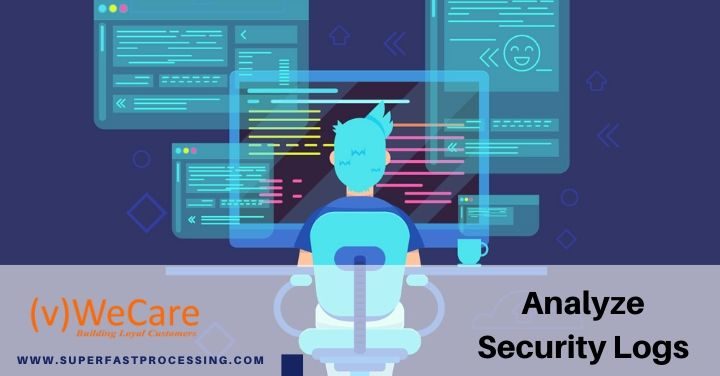As hackers discover new ways to intrude into systems and get their hands on vital customer information, companies are looking to neutralize the emerging threat. One way to curb these apparent dangers is to analyze security logs that are generated during everyday operations.
The Importance of Security Log Processing
Every event that takes place in an organization leads to the generation of information in the form of logs. In the first stage, all the logs that are created are aggregated. Primarily, there are four ways to aggregate logs – syslog server, event streaming, log collection via software agents and direct access of networking devices.
After aggregation, log processing methods are used to analyze security logs. Log processing comprises operations like ingestion of data from different sources, identification of data structure and the conversion of logs into constant data sources.
The four steps that form the part of security log processing are listed below:
- Parsing of logs – As logs are generated via different data sources, they tend to be in different formats. At the time of processing, theses logs need to be in the same format for ensuring effective processing. Hence, parsing is performed at the first step to ensure similar structure of data at all times.
- Normalization and categorization of logs – To ensure common attributes are discovered in a dataset after the merger of data from different data sources, normalization of security logs is performed. Once the normalization phase is complete, categorization is done to add meaning to the data discovered from various sources.
- Enrichment of data – This is the phase, in which, data value is increased by adding important information to it. For example, if you have collected data with information of hotel addresses in a particular area but you also need its latitude and longitude details, then the log aggregator can use data internet services for finding the details via online GPS services.
- Indexing of data – Data indexing identifies similar attributes across the entire data log set. This is an important step for faster data processing of logs as indexed data is always processed quicker than non-indexed data.
Real-Time and Massive Data Processing for to Analyze Security Logs Better
As logs are generated perpetually in an online business operation, the need for massive data processing solutions is at an all-time high. Real-time processing can provide instant insights to the decision makers and make them aware of any loophole or security-related weakness in the system, thus preventing the threat of hackers considerably. The important requirements and advantages of using real-time and massive data processing solutions from superfastprocessing are listed below:
- Low storage requirement – Real-time processing implemented via in-memory processing solutions and memSQL process the data right after ingestion. Such processing limits the need for storage and leads to cost-cutting, which is good for any business.
- Horizontal scaling – At any time you would want your massive data processing solutions to increase in scale according to the increase in the flow of data. At superfastprocessing, you get completely scalable servers that scale horizontally. This means that new servers can be added at just about any time to accommodate for the ever-increasing data processing requirements.

